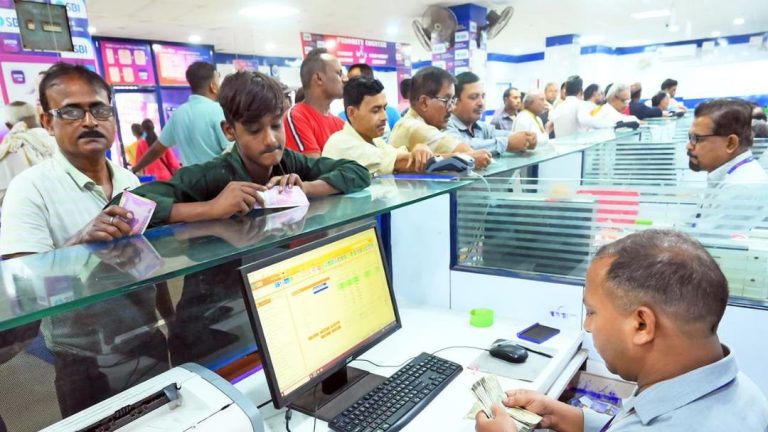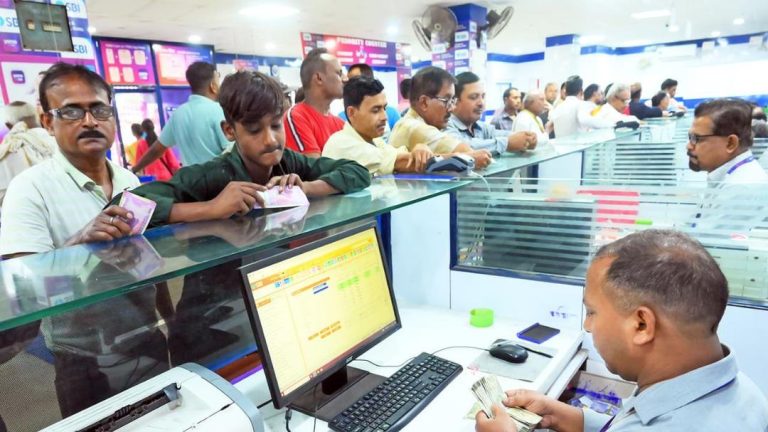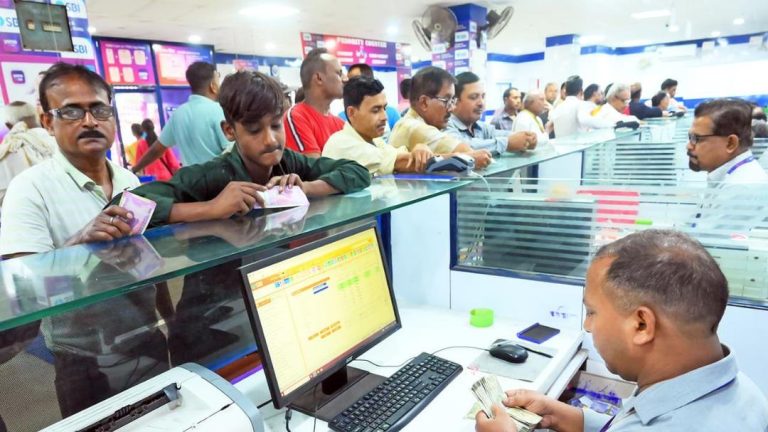
Why has the Nifty index remained flat for an entire year?
As we approach the end of the year, it’s hard to ignore the stagnant performance of the Nifty 50 index. Despite strong earnings from major firms, the index has remained nearly unchanged over the past year. This comes as a surprise, given the optimism surrounding India’s economic growth and the resilience of its financial markets. So, what’s holding back Indian equities?
One major factor contributing to the flat performance of the Nifty is the weak global cues. The ongoing trade tensions between the US and China have created uncertainty and volatility in international markets. The US-China trade war has led to a decline in global trade, which has had a ripple effect on India’s exports and overall economic growth. This has, in turn, impacted investor sentiment, leading to a lack of enthusiasm for risk-taking in the Indian equity market.
Another significant factor is the tariff threats from the US. The US has been increasing tariffs on various Indian products, including steel and aluminum, which has led to a decline in India’s exports to the US. This has resulted in a widening trade deficit, adding to the uncertainty and volatility in the market.
The rupee has also been under pressure, slipping to a five-month low. This has led to concerns about the impact on import costs, inflation, and overall economic growth. A weak rupee can make imports more expensive, which can lead to higher prices and inflation. This, in turn, can impact consumer spending and overall economic growth.
In addition to these external factors, there are also domestic concerns that are weighing on the market. The Indian economy has been slowing down, with GDP growth declining to a five-year low. This has led to concerns about the impact on corporate earnings and overall economic growth.
Another reason for the flat performance of the Nifty is the lack of buying interest from institutional investors. Institutional investors, such as foreign portfolio investors (FPIs) and domestic institutional investors (DIIs), have been net sellers of Indian equities over the past year. This has led to a decline in market liquidity and a lack of buying interest, contributing to the flat performance of the Nifty.
Despite these challenges, there are still reasons to be optimistic about the Indian equity market. The country has a strong growth story, with a large and young population, a growing middle class, and a rapidly expanding digital economy. The government has also been taking steps to boost economic growth, including a series of fiscal and monetary policy measures.
In conclusion, the flat performance of the Nifty index over the past year can be attributed to a combination of weak global cues, tariff threats from the US, a weak rupee, and domestic concerns about the slowing economy. However, despite these challenges, there are still reasons to be optimistic about the Indian equity market. As investors await cues from the US Fed, it’s essential to keep a close eye on these factors and be prepared for any potential market movements.
Source: https://youtu.be/B1QNkhvP1w8






